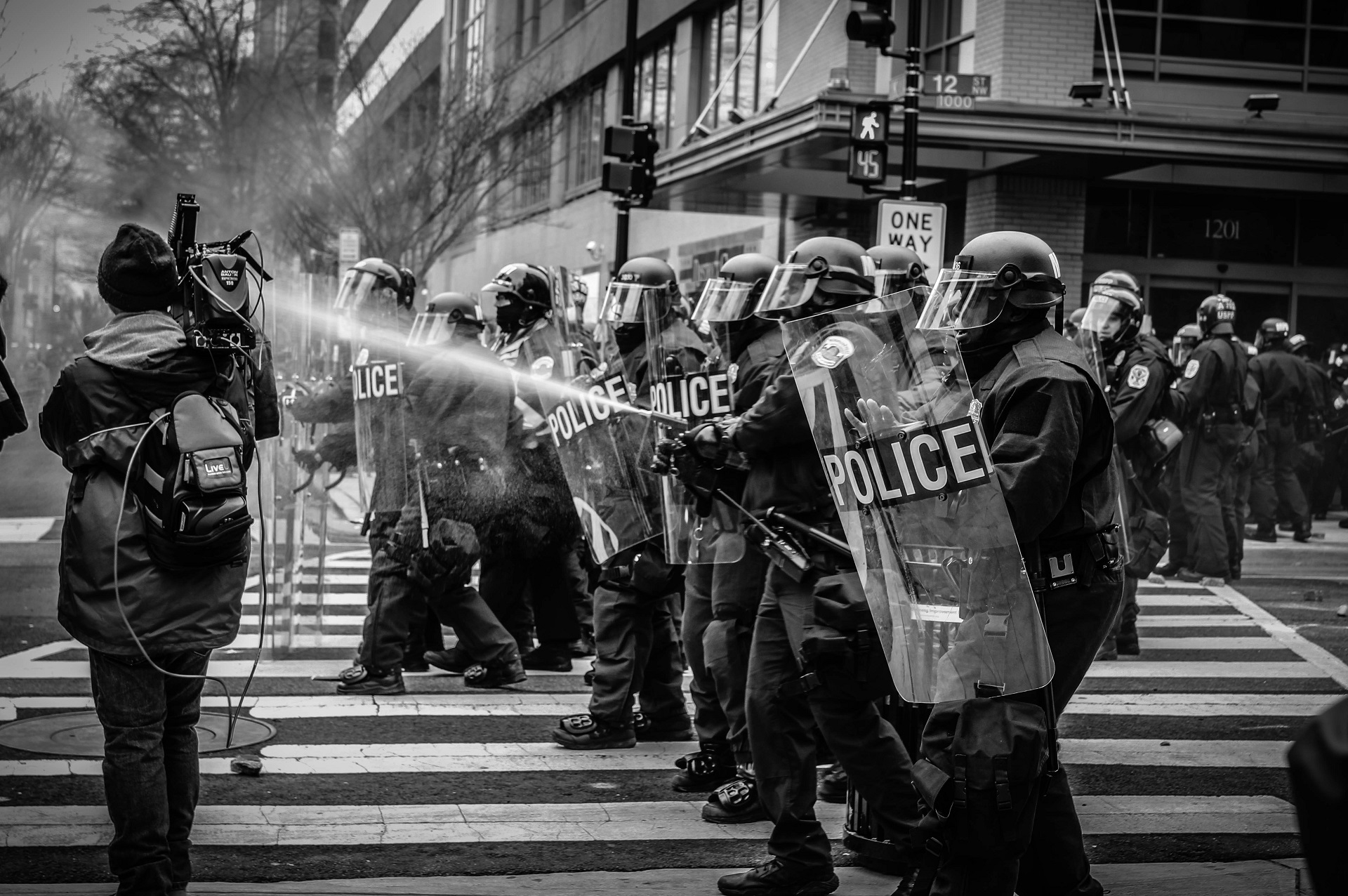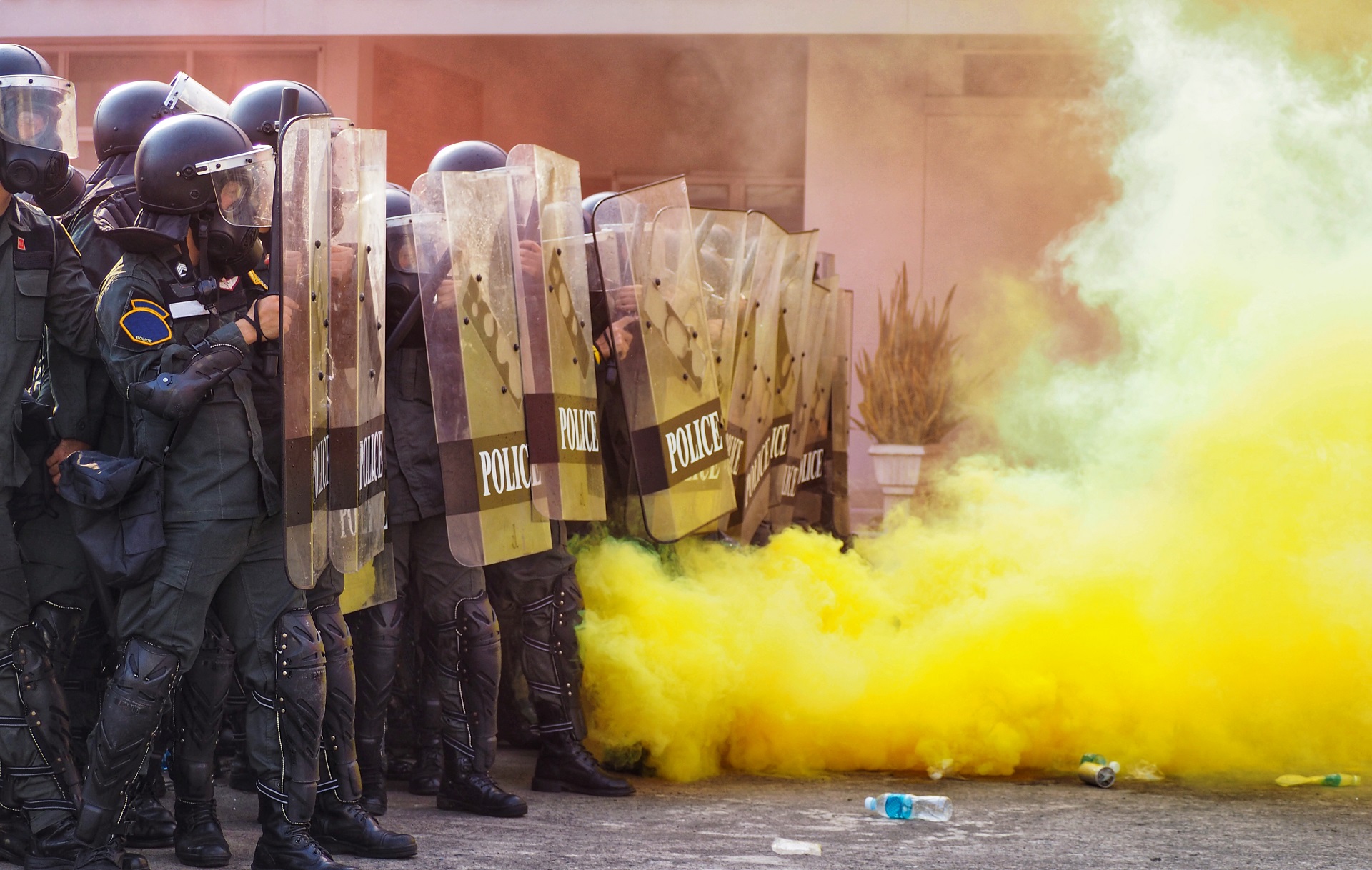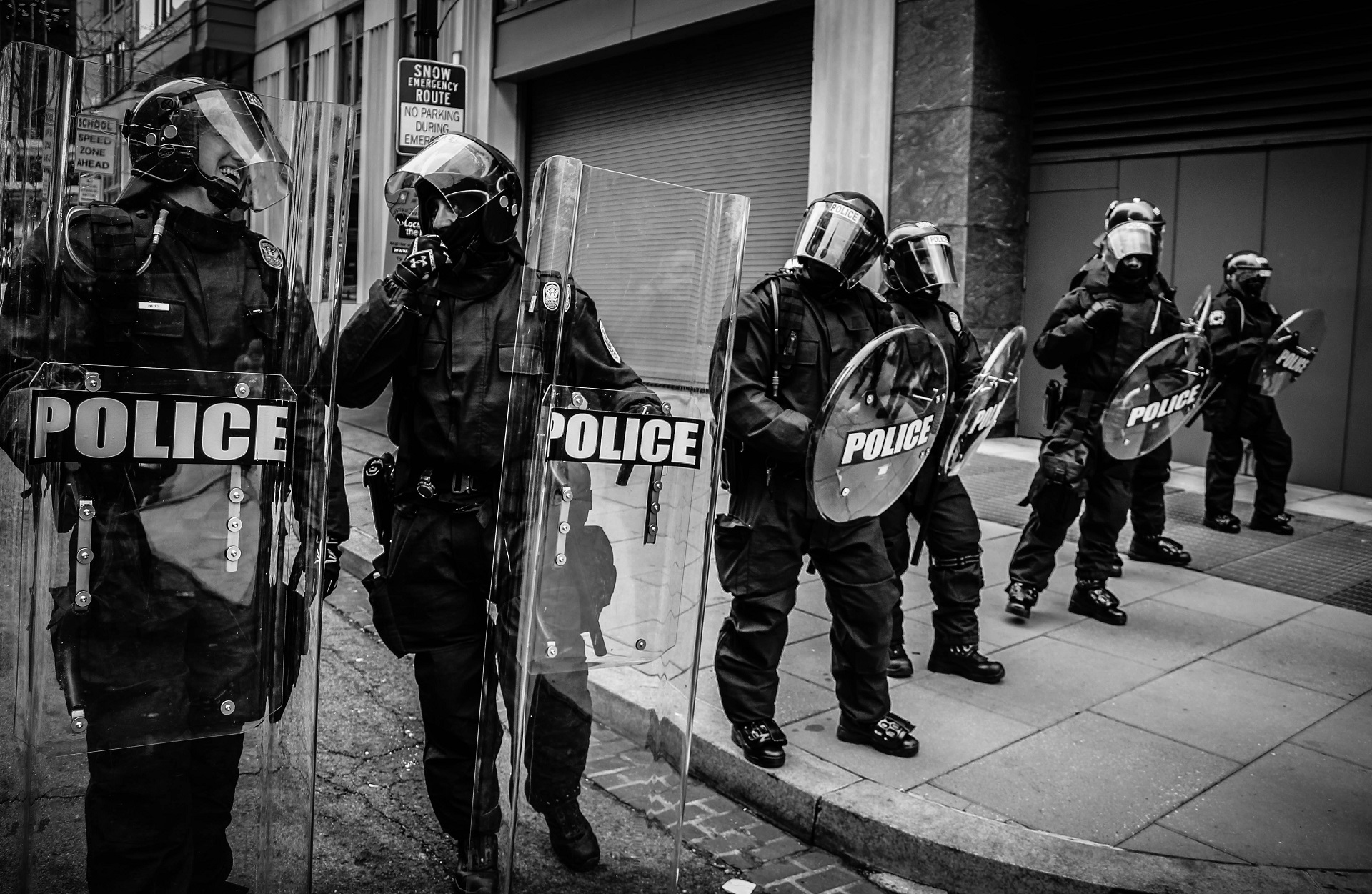Anti-Riot Training

Maintaining order during riots has been a challenge for most regimes as they attempt a delicate balance of maintaining order with minimal use of police force and, at the same time, assuring police officers and operators safety. Traditional methods of riot control no longer work as agitated demonstrators are mostly spontaneous, irrational, and engage in unlawful activities such as looting and vandalism. Law enforcers should, therefore, employ proven strategies to disperse, control, and arrest unlawful protestors in order to maintain peace. For this reason, anti-riot police units should use less-lethal weapons such as tear gas, whips, batons, and rubber bullets. Moreover, the anti-riot responders should have specialized protective gear, shields, and crowd control vehicles to guarantee their safety in the process. Even so, law enforcers should have proper training, which simulates the extreme circumstances that they can encounter during the riots to develop militarized instincts and responses to threats.
AL. EXITO has established itself as a strategic partner in terms of providing anti-riot training for specialized riot control units. Because of our specialized training programs, we can develop adaptable tactical units that change the modus operandi based on the situation or threat at hand. Notably, the units are trained to subdue rioters and subsequently make arrests where necessary without the use of extreme force. In addition, law enforcers are trained to determine which situations are threatening and require specialized weapons such as rubber bullets or tear gas. The tactics taught are contemporary and entrenched on humanity, while also improving the officers threat awareness. Moreover, we emphasize on practical knowledge by simulating practice riots that allow the officer to gain confidence in crowd control and learn the proper use and application of weapons and protection gears.


The training program has an emphasis on adequate anti-riot theories aimed at protecting the lives of both the protestor and the police. Thus, the program trains the law enforcers on leadership structuring of the response unit, proper handling and use of anti-riot equipment, basic squad formations, crowd control and management, close combat and defensive tactics, strategic interventions against protestors, and fire response training.

